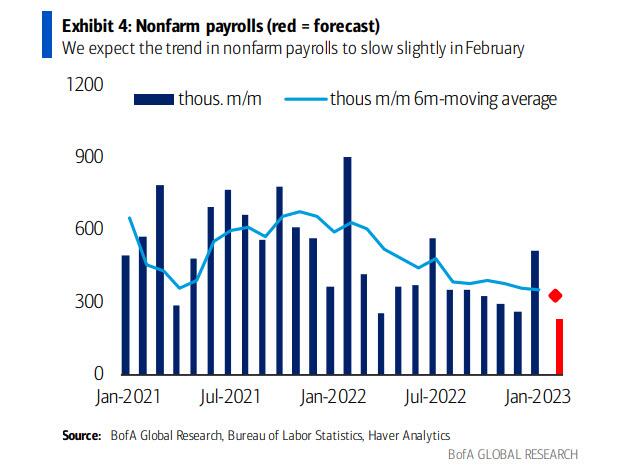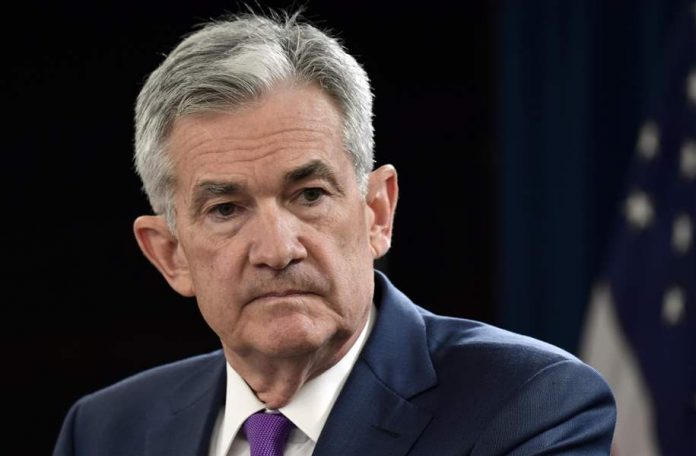Stocks plunged this morning in response to surprisingly hawkish remarks from Fed Chairman Jerome Powell. The Dow, S&P, and Nasdaq Composite all fell as rate hike odds increased dramatically. Short-term yields gained while long-term yields fell, further inverting the yield curve.
“The latest economic data have come in stronger than expected, which suggests that the ultimate level of interest rates is likely to be higher than previously anticipated,” Powell said before Congress in prepared testimony.
“If the totality of the data were to indicate that faster tightening is warranted, we would be prepared to increase the pace of rate hikes.”
Powell concluded, adding:
“We’re very far from our price stability mandate, and in effect the economy is past most estimates of maximum employment.”
Investors were anticipating more data-driven rhetoric from Powell. What they didn’t see coming, however, were his comments on the “ultimate level of interest rates.”
This confirmed the market’s fear that the Fed would react to hot inflation and better-than-expected economic data.
“This isn’t surprising news, but it’s a tough reminder for markets after such a brisk rally,” said eToro analyst Callie Cox.
“The Fed’s top priority is getting inflation down, and for good reason. People are starting to factor in persistently higher inflation, which could be the worst-case scenario for long-term investors and run the risk of prices spiraling higher.”
One analyst saw Powell’s testimony as an attempt to keep bulls at bay.
“Equity markets seem to want to go up and he wants to keep a lid on things in a metered way,” explained Mariner Wealth Advisors’ Tim Lesko.
“The words today were really troubling for the equity market. They basically tell people that he’s going to continue to talk rates up so that the market doesn’t do what it wants to do.”
But Powell’s remarks were also a bit of a double-edged sword; if the next jobs report shows a big “miss,” stocks could easily surge higher once again. January’s massive jobs “beat” has left the door open for a disappointing February report.
For the time being, though, the market has priced in a 51% chance that the Fed raises rates by 50 basis points (compared to just 25 basis points) at its next meeting. Just yesterday, the odds were 31% according to data from the CME Group.
The rate hike conversation has followed a consistent trend over the last year, which is that the assumed terminal rate has always surprised to the upside. Traders now believe the Fed will raise the fed funds rate until it hits 5.5%-5.75% this summer. That’s up significantly since earlier in the month, and it’s why sentiment has flipped sharply bearish once more.
It also suggests that the market could have several 50 basis point rate hikes in its future if inflation remains stubbornly high.
Sentiment would shift bullish, of course, if the Bureau of Labor Statistics (BLS) unveils a disappointing jobs report Friday morning.

Bank of America, which has absolutely nailed the last few jobs reports with its estimates, expects a big payrolls “miss.” If the bank’s economists are right, stocks should rebound, potentially launching the market into a short-term uptrend.
But buyer beware; the next CPI comes out on Tuesday, March 14th. A hot inflation reading coupled with a bad jobs print would signal stagflation, which would slam stocks lower once more.








